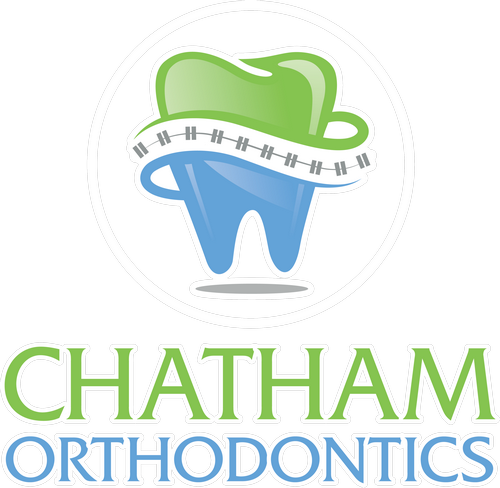Exploring the Benefits of Orthodontic Treatment
Orthodontic treatment offers more than just physical enhancements like a better bite and straighter teeth. It significantly boosts self-esteem and overall self-image.
Besides the aesthetic aspect, addressing dental and jaw irregularities is crucial for preventing potential health issues. Crooked teeth and jaw misalignments can hinder proper cleaning, leading to tooth decay, gum disease, and even tooth loss.
Furthermore, untreated orthodontic problems may result in difficulties with chewing and digestion, speech impairments, and abnormal tooth wear. Over time, excessive strain on the gum tissue and jaw joints can lead to headaches, as well as face and neck pain.
Early Evaluation and Treatment
The American Association of Orthodontics suggests that children undergo an orthodontic evaluation by age 7 to ensure optimal dental health. While orthodontic treatment is feasible at any age, timely intervention is essential for achieving the best outcomes.
Advancements in Orthodontics
Thanks to recent advancements in orthodontic technology, wearing braces has become more convenient than ever. Modern treatments offer a range of options, from traditional metal braces to clear and tooth-colored brackets, as well as innovative wires that require fewer adjustments. Some individuals may even qualify for treatment with Invisalign, which involves clear aligners that eliminate the need for visible braces or wires.
Reasons for Orthodontic Treatment
Orthodontic treatment addresses various issues in both adults and children, including:
- Breathing or swallowing difficulties
- Crossbite
- Crowding or spacing between teeth
- Deep overbite
- Facial and mouth disfigurement
- Jaw and jaw joint pain
- Missing or extra teeth
- Protruding upper teeth (overjet)
- Self-image concerns
- Speech, chewing, or biting problems
- Underbite (lower jaw protrusion)
- Specific childhood habits like finger or thumb sucking and misaligned tooth eruption
Orthodontic Treatment Process
Orthodontic treatment typically involves three phases:
- Planning Phase: Initial visits include a comprehensive evaluation of medical and dental history, along with various diagnostic procedures such as teeth castings, computer-generated images, photographs, and X-rays. Based on this evaluation, the orthodontist designs and applies braces or custom-made appliances.
- Active Phase: This phase involves regular visits to the orthodontist for adjustments and adhering to specific treatment protocols to ensure successful progress.
- Retention Phase: Once treatment is complete, the braces or appliances are removed, and retainers are provided to maintain the corrected tooth positions. Retainers are usually removable and must be worn continuously until the teeth and bone stabilize in their new positions.
Treatment duration and retention requirements vary depending on individual cases, ensuring each patient achieves a lasting, beautiful smile.
Contact Us

We encourage you to contact us with any questions or comments you may have. Please call our office or use the quick contact form below.
Testimonials

Chris C.
Dr Johnson put braces on me a little over a year ago and I honestly can’t say anything but good stuff about her and her staff. She’s a straight shooter that shoots from the hip and tells you like it is and let’s you know upfront what the process will be like and what she’ll try her best to accomplish but she will tell you that she’s not a magician either. For me that sealed…
Betty M.
Dr Johnson explain every step they are going to do. My granddaughter was not scared at all. Rosa is a very pleasant and caring person with the kids she also explains the steps that will be going on.
Camila M.
I made an appointment with Chatham Orthodontist for my 6 yr old who has an underbite and grinds her teeth. The receptionist was very friendly when I called to inquire about treatment. She explained to me how my insurance would work and what my option would be. When I arrived she was very friendly and ready for us. Dr. Johnson was great, also really friendly and very thorough…
